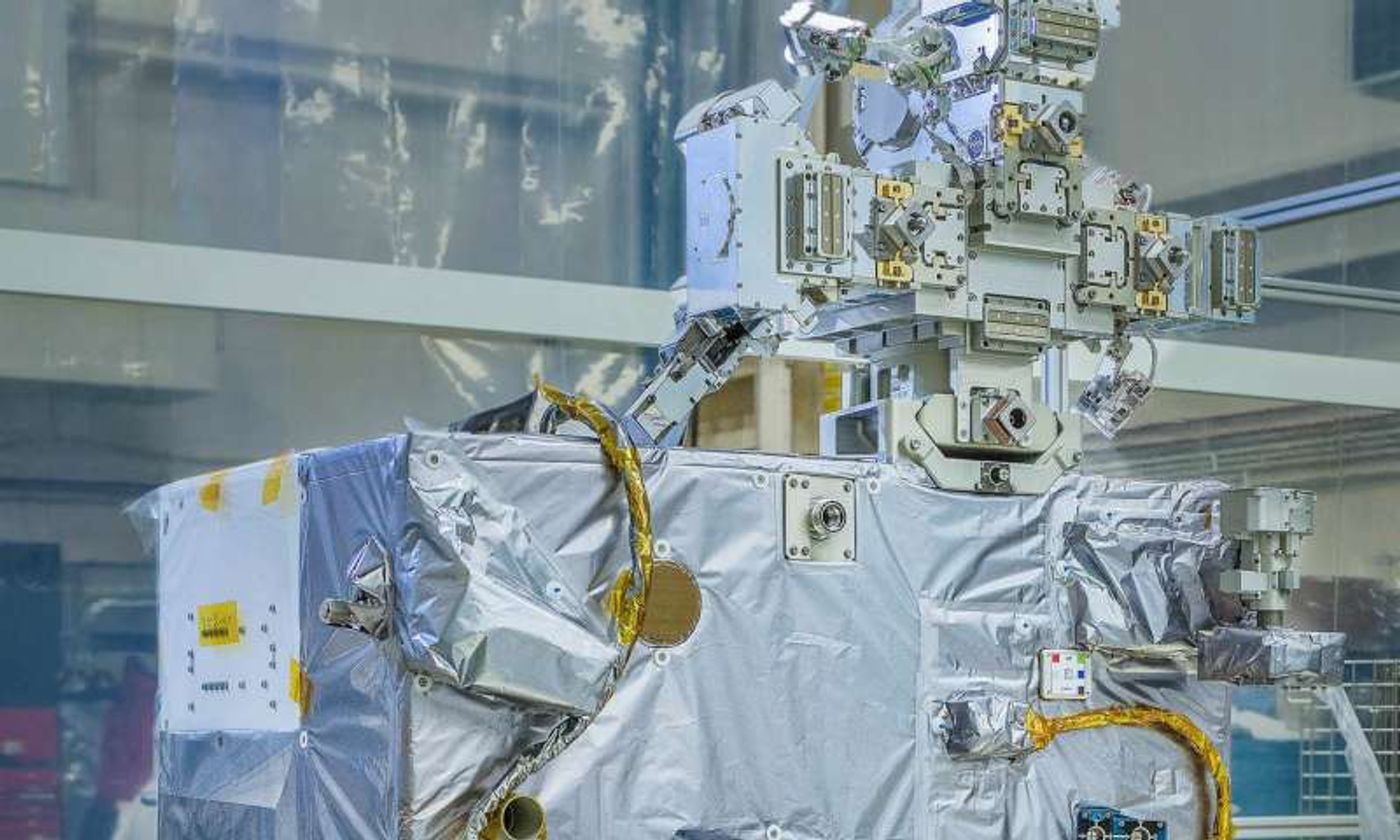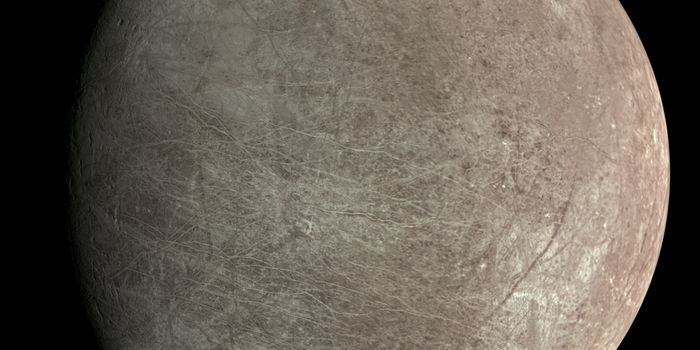NASA's RRM3 Will Bring Us One Step Closer to In-Space Refueling
Possessing the ability to refuel spacecraft in outer space isn’t just something you’ve seen in your favorite science fiction movies, it’s a real eventual goal of NASA’s. Fortunately, the American space agency is already hard at work in transforming this concept into reality.
Image Credit: NASA's Goddard Space Flight Center/Chris Gunn
Refueling a spacecraft in outer space is no easy task. Doing so necessitates much care and precision, not only because of the meticulous tangoing between two spacecraft but also because of the volatile qualities of cryogenic fuel.
In an effort to learn the intricate art behind spacecraft refueling, NASA employed the Robotic Refueling Mission (RRM), an initiative intended to prepare spacecraft engineers for the precise maneuvers necessary for conducting this procedure in outer space.
The first two phases of the Robotic Refueling Mission – named RRM and RRM2 respectively – involved perfecting the process of remotely removing a spacecraft’s fuel caps and interacting with its valves. But the third phase of the Robotic Refueling Mission, perhaps unsurprisingly entitled RRM3, will involve the storage and transfer of cryogenic fuel in space for the first time.
Humankind would benefit significantly from having space-centric gas stations present in the near and distant stellar neighborhood because it would enable scientific missions to endure long beyond the contents of a spacecraft’s limited fuel reserve. NASA’s Kepler Space Telescope, for example, recently ran out of fuel and scientific operations were ceased permanently.
"Any time we get to extend our stay in space is valuable for discovery," explained Beth Adams Fogle, NASA’s RRM3 mission manager. "RRM3's ability to transfer and store cryogenic fluid could alter our current fuel constraints for human exploration."
Related: NASA reveals plans for sending astronauts to Mars
When launched, RRM3 will attach to the International Space Station where it will conduct its business. The module will purportedly store 42 liters’ worth of cryogenic fuel onboard for six months, and it’s being challenged to do so with without even the slightest amount of fluid loss.
NASA engineers integrated valuable lessons learned from the first two phases of the Robotic Refueling Mission to prevent any of RRM3’s cryogenic fuel stores from boiling away. If the storage technique works, then it could help pioneer future space mining projects, as many planetary bodies are thought to harbor compounds that could be exploited for space fuel.
"Any time you try something for the first time, there is an element of risk," added Jill McGuire, the project manager for RRM3. "We hope our technology demonstration helps drive down the risk of refueling in space for future exploration and science missions."
Related: Lockheed Martin shows off new deep-space habitation module concept
Without a doubt, it will be interesting to see this piece of equipment in action. With a little luck, perhaps the techniques we learn from it will drive humankind farther out into the solar system than ever before.
Source: NASA via Phys.org









